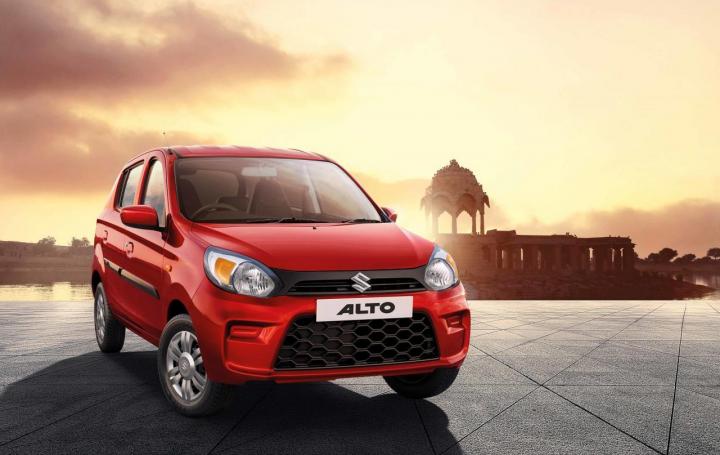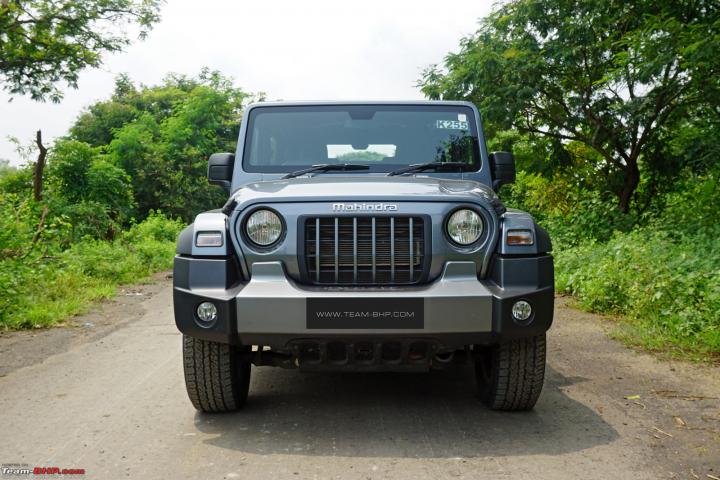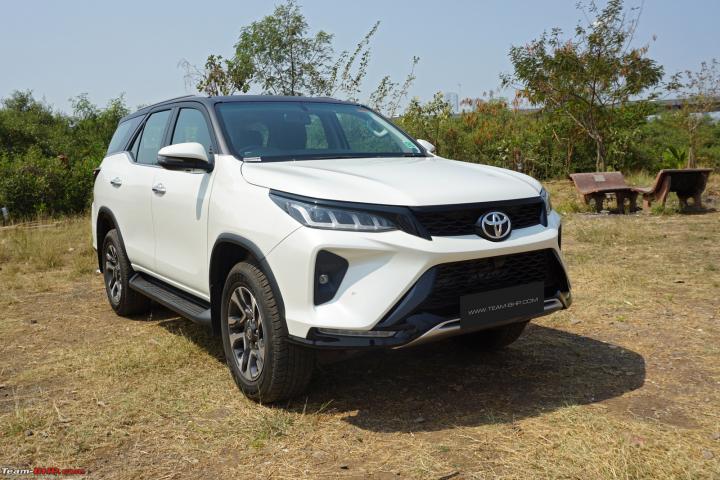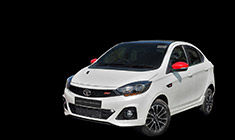News
The evolution of car brands in India in the last decade
But some car companies have fared better than the rest, while some have been an utter disappointment.
BHPian mohitchalla recently shared this with other enthusiasts.
The last decade has been the most exciting for the Indian car market. Cars have become better in terms of safety, performance, features, and comfort. Moreover, the gap between what is sold in India and what is sold in the global market has shrunk significantly. But some car companies have fared better than the rest, while some have been an utter disappointment. Here is my take on how some of the car brands have evolved in the last 10 years.
The biggest improvement: Tata Motors
I think Tata Motors dominates this category hands down. Tata has been pushing the envelope of how good a home-grown Indian car brand can be. With a country obsessed with fuel economy over safety, Tata’s safety ratings have changed the opinion of millions of Indians. Tata has also excelled in terms of design and manufacturing capabilities, making their flagships (Harrier and Safari) real head turners. A lot of these improvements have been observed after Tata’s strategic acquisition of JLR, which has helped Tata’s design and engineering capabilities.
Misses: Tata’s service is still a hit or miss. At this stage, a service-level improvement will help the brand more than a product-level improvement. Another sore point is Tata ditching the ladder-frame Hexa/Safari and going completely monocoque. I hope to see this return in Tata’s future line-up.
Close second: Mahindra & Mahindra is not too far. I believe the launch of the next-gen XUV 700 will level the playing field.
Giving the customers what they want: Hyundai group (KIA included)
Whether it is ventilated seats, wireless chargers, massive touch-screen infotainment systems, panoramic sunroof or oversized wheels, long list of engine and transmission options; Hyundai has been the one company that gives the people what they want. The way these things are packaged and presented, people are often happy to pay the premium.
Misses: There is still some room for improvement in the underlying engineering quality. People have often faced issues with brakes, steering assemblies, etc. that are less common with other Asian brands.
Product line-up and service network: Maruti Suzuki
Even after ditching the diesel engines, MS has a massive product line-up to choose from. There is something for everyone, almost everyone. Service center access can be found in the remotest parts of the country. Hyundai can be considered second but the gap is huge.
Misses: Safety (except a few select models). What else I really miss are the fun and exciting Suzuki models that are discontinued - Esteem, Baleno (old sedan), Kizashi, Grand Vitara, Gypsy King. Can the Jimny be that one MS product that appeals to the heart?
The solidity: VW and Skoda
The Germans have been the undisputed leaders of this segment. Cars that feel well built and drive well would appeal to most drivers out there.
Misses: Ageing product lineup, expensive parts, and not as reliable as their Japanese competitors.
Close second: Ford. Provides comparable levels of quality and driving pleasure without costing as much. With few products, Ford is not able to cover the spectrum completely.
The workhorse: Toyota (excluding the rebadged Suzukis)
It just works! It will go on and on and on. The only thing that could render it useless is the scrappage policy. Scores well on comfort, safety, practicality, reliability, and service experience. One thing is for sure, my next car will be a Toyota, regardless of the product line-up.
Misses: The flagships are extremely overpriced. The only sensible offering Yaris might be discontinued soon due to poor sales.
The niche: Isuzu
With a very specific product line-up, Isuzu is not for everyone. But for some, there is no other alternative. But I am glad that Isuzu is bringing in the much-needed diversity.
The biggest disappointment: Honda
Honda started strong in India by bringing in world-class products that decimated the competition. While doing that, Honda also built itself as a premium and aspirational brand, up until 2010-2011. Rather than sticking to its core competency of building fun-to-drive, practical and reliable cars with silky smooth engines, Honda tried to be the next Maruti of India. It introduced poorly built, small cars and far from perfect diesel engines; the segment that already had established contenders like Maruti and Hyundai. Honda was so late to the diesel party that by the time they launched the diesel, the cost advantage of diesel was already dying and there was no point in buying a diesel. There was a time when the City was Honda’s most affordable offering. Today, the City is Honda’s most expensive offering. All this has severely diluted the customer experience at the dealerships as well as the authorized service stations. As an owner of the City (3rd generation) earlier and the CR-V (4th generation) now, I have experienced this first-hand. I wonder if it is even possible for Honda to redeem itself in India?
The new kids in town: Jeep, MG, Citroën
With exciting first launches and a growing pipeline, they can become serious contenders in the next decade if they play all the right cards.
What do you think the next decade would look like? Looking forward to reading your replies.
Wishing you all happy and safe driving. Cheers!
Check out BHPian comments for more insights and information.























